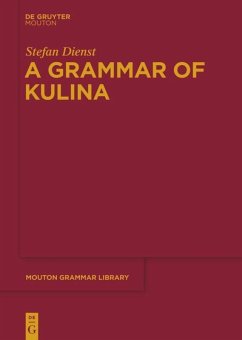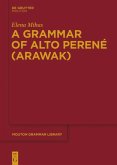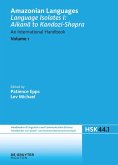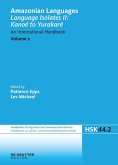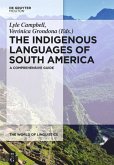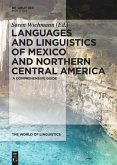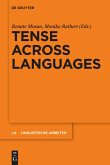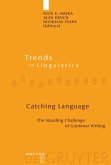This book is a reference grammar of Kulina, an Amazonian language spoken in Brazil and Peru. The dialect described by the author is spoken on the upper Purus River in the Brazilian state of Acre. Kulina belongs to the Arawan language family. It is predominantly head-marking and has a complex verbal morphology which is largely agglutinating with some instances of fusion. The language has two noun classes and two genders. The gender agreement of transitive verbs with their arguments is in part governed by intricate grammatical rules and in part pragmatically driven. There are three types of possession, alienable, inalienable, and kinship. The latter category only applies to some kinship nouns, while others are alienably possessed. Kulina has aspirated and unaspirated obstruents, but different aspirated obstruents do not co-occur in one morpheme due to Grassmann's law, a dissimilation process known from Sanskrit and Ancient Greek. The book contains two Kulina texts and a chapteron the lexicon, which discusses colour terms, generic nouns for plants and animals, pet vocatives, idioms, and the origin of loan words.
Bitte wählen Sie Ihr Anliegen aus.
Rechnungen
Retourenschein anfordern
Bestellstatus
Storno

